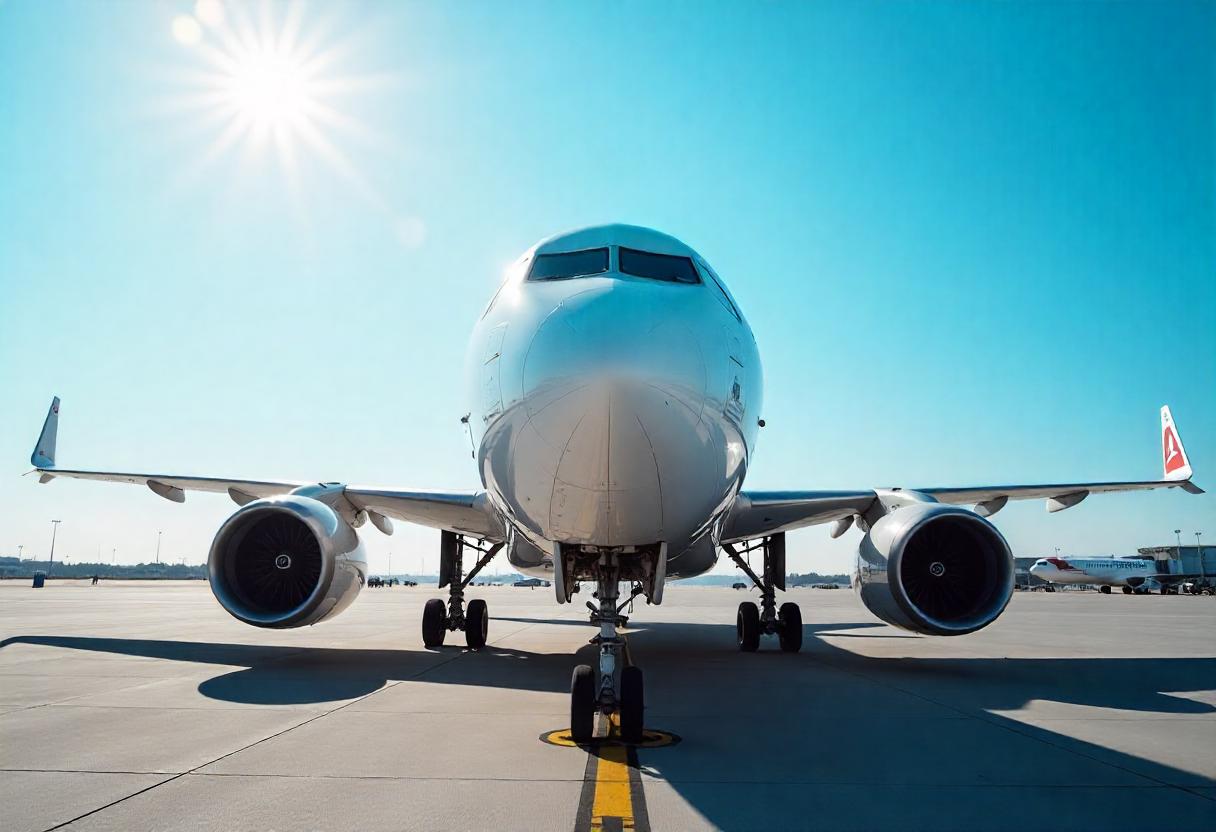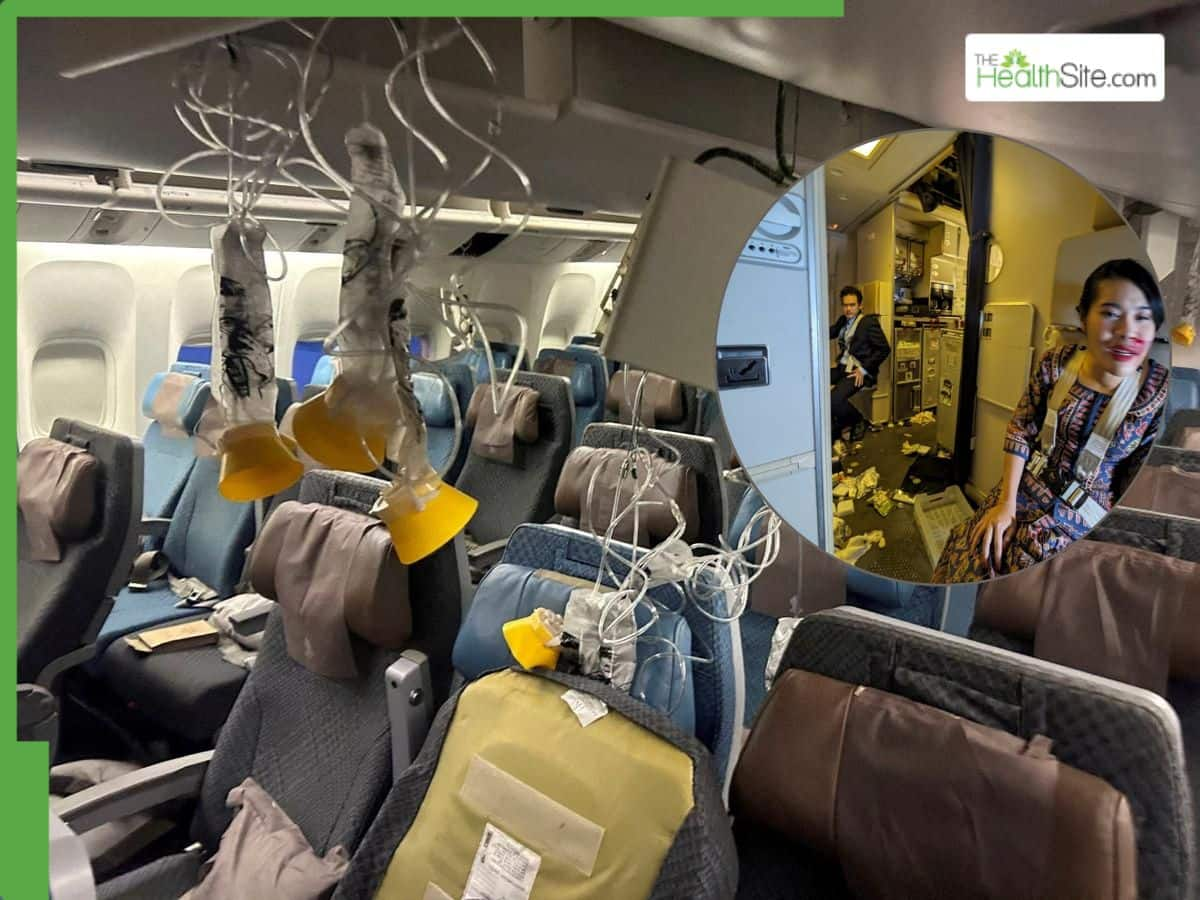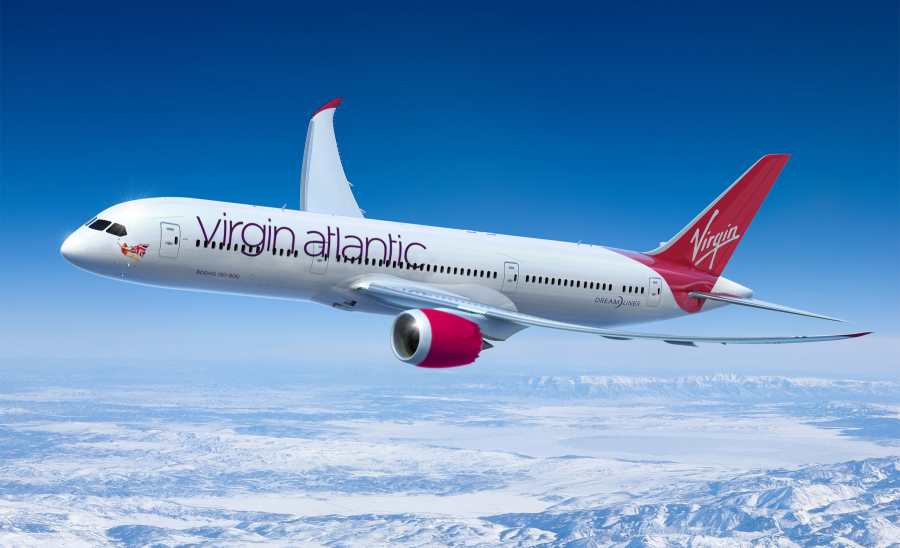Why KLM Flight to Las Vegas Declares Mid-Air Emergency Over Scotland, Shocking Diversion to Glasgow Sparks Travel Disruptions Across Europe and US, Everything You Need To Know
Saturday, May 24, 2025

A KLM flight bound for Las Vegas has sparked shockwaves across the aviation world. What started as a routine transatlantic journey turned into a suspense-filled episode mid-air. The aircraft declared a mid-air emergency high above Scotland, sending shivers through passengers and controllers alike. In a sudden and unexpected move, the flight made a shocking diversion to Glasgow—leaving travel experts, passengers, and aviation authorities scrambling for answers.
The KLM Flight to Las Vegas wasn’t just another flight. It was a high-capacity long-haul carrier, loaded with holidaymakers and travelers chasing the bright lights of Las Vegas. But somewhere over the skies of Scotland, the unexpected happened. A chilling mid-air emergency. Alarms. Redirection. Panic. The Boeing 777-200ER suddenly turned course and made a shocking diversion to Glasgow—an airport that was never part of the plan.
Meanwhile, disruptions began rippling out across Europe and the US. The chaos didn’t stay in the sky. Ground operations at multiple airports faced strain. Connections were missed. Hotel reservations were canceled. Travel schedules collapsed. The KLM Flight to Las Vegas turned into a story of suspense, urgency, and international disruption.
Why did the emergency happen? What forced such a critical decision? Why Scotland? Why Glasgow? And what’s next for KLM and its passengers?
This is not just a headline. It’s a real-time drama in the sky—where one KLM flight, a mid-air emergency, and a diversion to Glasgow are now at the heart of Europe and US travel turmoil. Keep reading. The details are more intense than you imagine.
In a dramatic turn of events that sent ripples through the global aviation and tourism industries, KLM Royal Dutch Airlines Flight KL635 declared a mid-air emergency while cruising over the North of Scotland. The wide-body Boeing 777-200ER, registered as PH-BQO, had departed from Amsterdam Schiphol Airport at 13:00 CEST en route to Las Vegas, USA—a popular long-haul destination for leisure travelers.
However, shortly after reaching its cruising altitude of 34,000 feet, the aircraft unexpectedly transmitted a squawk code 7700—a universal signal indicating a general emergency. Within minutes, the jet began a sharp southbound descent, ultimately diverting to Glasgow Airport in the UK. The plane is currently parked in a remote area of the airport, far from its intended American destination.
The impact of the emergency goes far beyond just the passengers onboard. In today’s tightly interwoven global travel system, such sudden diversions set off a domino effect. Travel agencies scrambled to reschedule connecting flights. Hotel operators in Las Vegas faced abrupt cancellations. Airport ground teams in both Amsterdam and Glasgow were caught in crisis mode.
The KLM Boeing 777 is typically used for high-capacity, long-haul routes—a linchpin in the carrier’s transatlantic schedule. Any disruption on such a route sends shockwaves through passenger itineraries, crew logistics, and aircraft rotations for days to come.
Meanwhile, social media buzzed with passenger videos and live tracking updates. Within hours, aviation forums and travel news outlets lit up with speculation and concern, amplifying the sense of urgency. Travelers bound for Las Vegas—a top U.S. tourist hotspot—were left wondering how soon they could resume their plans.
While KLM has yet to issue a detailed statement, early indicators suggest the emergency may have stemmed from a technical fault. Boeing 777s are among the most reliable aircraft in service, but no system is fail-proof. The declaration of squawk 7700 is not taken lightly; it typically denotes a significant issue such as engine malfunction, cabin pressurization loss, or a serious medical emergency.
Emergency diversions are rare, especially over oceanic or remote northern routes. The decision to land in Glasgow—a well-equipped international airport—likely stemmed from the need for immediate access to maintenance and medical services, should they be required.
This unexpected detour raises new questions about aircraft maintenance standards, onboard system redundancies, and airline preparedness for inflight emergencies on long-haul routes.
The diversion has deeper implications for both airline operations and the tourism economy. At a time when transatlantic travel demand is surging due to post-pandemic recovery, any disruption hits harder. Airlines are operating near maximum capacity. Airport slots are tight. Crew availability is stretched.
For Las Vegas, a major inbound market for European travelers, this incident could spark caution and hesitation among tourists planning trips. Moreover, the incident may prompt aviation authorities to tighten protocols, impacting flight scheduling and route planning for all European carriers operating across the Atlantic.
Meanwhile, for Amsterdam Schiphol—a hub under constant pressure due to operational constraints and passenger volume—the loss of a high-value departure to an emergency diversion is a stark reminder of the razor-thin margins in airline reliability and scheduling.
This incident is also a litmus test for KLM’s emergency response strategy. The airline is widely respected for its safety standards and customer service. However, how quickly and transparently it communicates with stakeholders—including passengers, airport authorities, and travel partners—will shape perceptions in the days ahead.
Rebooking affected travelers, providing compensation, managing hotel accommodations, and coordinating with Glasgow Airport operations are now urgent priorities. Every hour of delay adds to both financial costs and reputational risks.
At the same time, the incident underscores the importance of airline digital tools and crisis management apps. Passengers increasingly expect real-time updates, rebooking options, and immediate support. The ability of KLM to deliver on these expectations will be closely watched by the global travel community.
For Glasgow Airport, the unexpected arrival of a long-haul jet underscores the need for readiness at all hours. From ground handling to customs and emergency services, such situations demand swift coordination. Smaller airports must now consider how to upscale their contingency planning as transatlantic flight paths evolve.
With more polar and North Atlantic routes being utilized due to global jetstream shifts, northern UK airports may see more unscheduled landings in the future. This incident could become a case study in future airport preparedness strategies.
Beyond operational metrics, there’s a very human side to this story. Passengers onboard KL635—many of whom were likely bound for leisure and celebration in Las Vegas—faced fear, confusion, and uncertainty. Family members tracking their journey were left in suspense. The emotional toll of such events lingers far beyond the flight itself.
As a result, the tourism sector must continue improving communication channels, offering immediate support, and ensuring travel remains not only efficient but emotionally reassuring.
The emergency diversion of KLM Flight KL635 is not just an isolated incident—it’s a wake-up call. As global tourism rebounds with unmatched intensity, every link in the chain must be reinforced. From aircraft maintenance and crew training to airport readiness and passenger care, the margin for error is shrinking.
Travel is back. But so are the complexities, the risks, and the urgent need for resilience.
Source: Airlive












